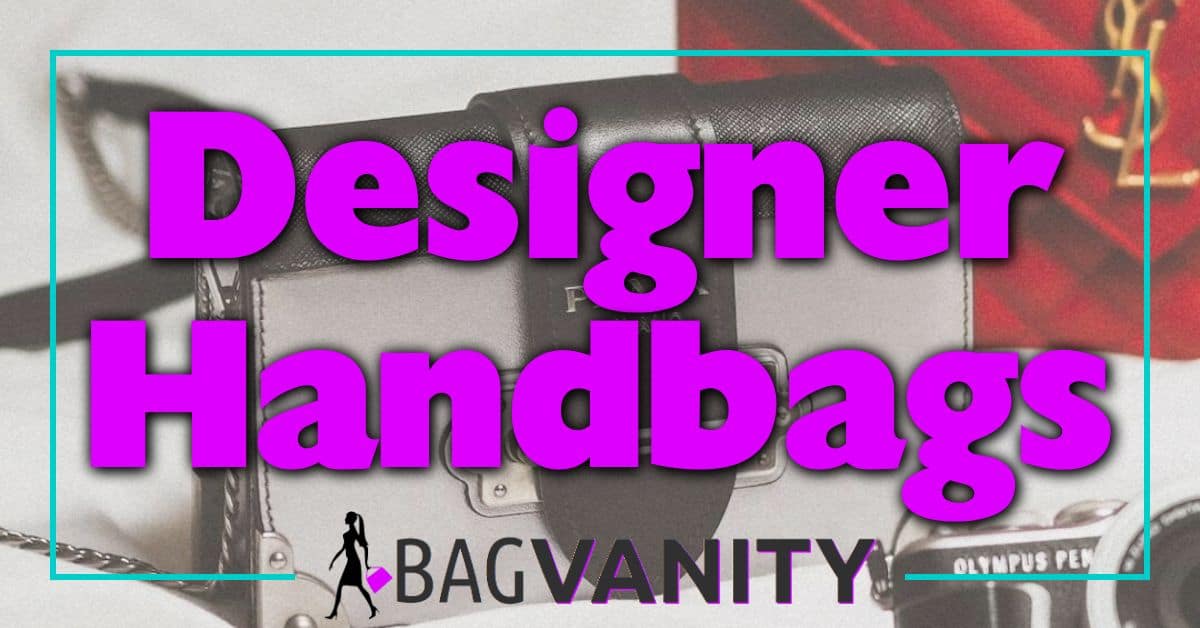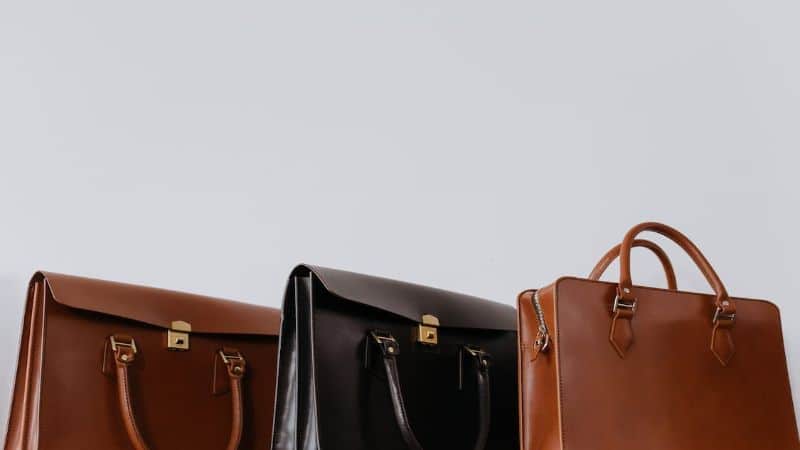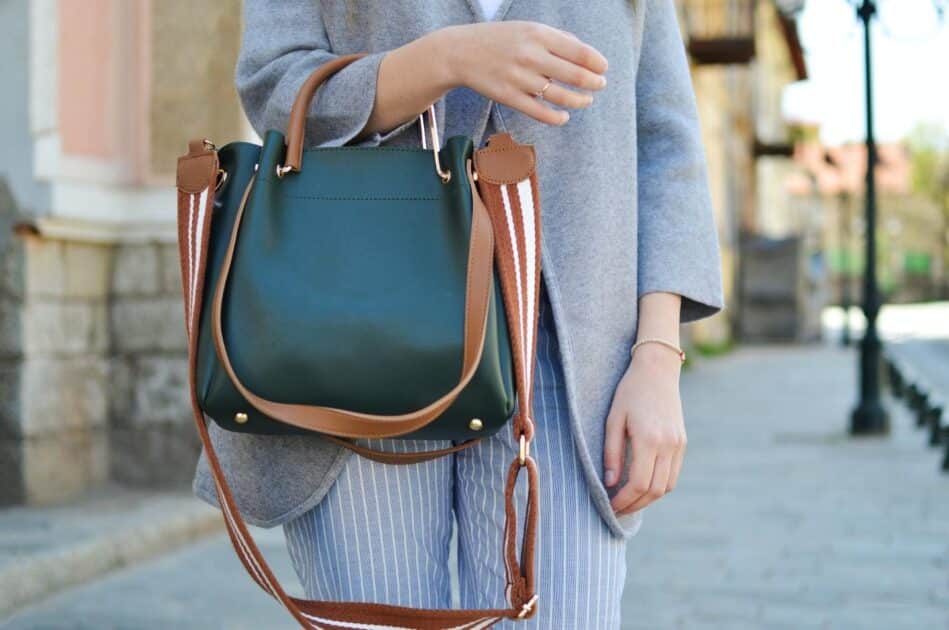Ever wondered what the creative minds behind those stunning handbags lining boutique shelves take home? You’re not alone. The fashion industry is a glittering world where design meets functionality, and handbag designers are at the forefront of this stylish storm.

But let’s talk turkey: how much do these artists really make? Whether you’re dreaming of a career in accessory design or just plain curious, we’re about to dive into the financials that make the world of handbag design both alluring and elusive.
The Importance of Handbag Designers
Handbag designers are the creative powerhouses behind an accessory that’s both functional and a fashion statement. You may not think about it every time you sling your favorite purse over your shoulder, but these designers dictate trends and define luxury.
Their role extends beyond simply crafting a bag. Here’s what truly sets handbag designers apart:
- Trendsetting: They anticipate and create the styles we’ll all be clamoring for next season.
- Brand Identity: Designers are crucial in establishing and maintaining the visual representation of a fashion label.
- Innovation: New materials, sustainable practices, and ergonomic designs largely stem from their ingenuity.
Have you ever considered the impact of a designer’s unique vision on the market? Their imagination fuels an industry that thrives on innovation. In fact, a single iconic design can cement a brand’s position in the luxury market.
The value of a handbag designer can also be seen through their influence on consumer choice. They don’t just create an object; they evoke emotions and represent personal ideals. Status, practicality, aesthetics—designers must balance these elements to produce a bag that resonates with consumers.
Some key points illustrating their importance include:
- Economic Influence: A trending design can cause a surge in sales, significantly influencing a brand’s revenue.
- Cultural Impact: Iconic handbag designs often reflect cultural shifts and can become symbolic of certain eras.
- Artistic Contribution: Many handbag designers are revered as artists whose medium is leather and hardware.
Diving into the earnings of these artists, it’s clear there’s a spectrum influenced by factors like experience, brand, and geographic location. Yet, their financial recognition is just one measure of their worth in a deeply competitive field. Whether catering to fast fashion or the haut monde, the role of the handbag designer is integral and multifaceted.
Factors Affecting Handbag Designer Salaries
Experience tops the list when it comes to salary variations. As a handbag designer, you’ll find that your pay correlates with the number of years you’ve been in the industry. Entry-level designers are at the bottom of the pay scale, while veterans command higher wages.
The size and prestige of the brand you work for can also make a significant difference. Designers at luxury fashion houses can expect larger paychecks than those at smaller, lesser-known companies. It’s the weight of the brand that often reflects in your salary.
Your geographical location plays a part as well. Designers based in fashion hubs like New York or Paris tend to earn more than their counterparts in smaller cities. The demand for fashion in these areas justifies the increased salaries.
Education can’t be ignored. A degree from a renowned fashion school might give you an edge at the negotiation table. Yet, it’s your portfolio that often speaks loudest. Educational background and portfolio strength are critical, especially in competitive markets.
Lastly, the specialization of your skill set can impact earnings. If you’ve mastered a niche—like sustainable materials or innovative tech in accessories—your salary could reflect that unique expertise.
Here’s a simplified look at the salary ranges you might expect:
| Level of Experience | Average Salary Range (USD) |
|---|---|
| Entry Level | $35,000 – $50,000 |
| Mid-level | $50,000 – $80,000 |
| Senior/Expert | $80,000 – $150,000+ |
Remember, these figures aren’t set in stone. Negotiation skills and the specific needs of a brand could land you a salary outside these ranges.
Keep in mind, steady freelance work can sometimes outearn permanent positions. Flexibility and the ability to adapt to market needs might just give you the upper hand in an ever-changing landscape.
Salary Range of Handbag Designers
When you’re eyeing a career in handbag design, it’s crucial to have a sense of potential earnings. Salaries fluctuate based on various factors, including your experience and the brand you work for.
If you’re just starting out, entry-level designers can expect to make between $35,000 and $50,000 annually. This range is typical for those who have less than two years of experience in the field or are straight out of design school.
As you climb the ladder, mid-level designers with a few years under their belt see a jump in their income. With about two to five years of experience, you could be looking at a salary range from $50,000 to $70,000.
« Saddle Soap Secrets: Revitalize Your Leather Handbag with Ease
How to Get Rid of Smell in Handbag: Natural Deodorizing Secrets Revealed »
The big bucks come in when you hit the senior or expert level. Handbag designers with over five years of experience, especially those helming collections or working for prestigious brands, can command salaries anywhere from $70,000 to well over $100,000.
| Experience Level | Salary Range |
|---|---|
| Entry-Level | $35,000-$50,000 |
| Mid-Level | $50,000-$70,000 |
| Senior/Expert | $70,000-$100,000+ |
Keep in mind that geography plays a significant role as well. Designers in major fashion hubs like New York or Milan are likely to earn more due to the high cost of living and concentration of luxury brands.
Don’t forget, your unique skill set and education level can set you apart. Specializations such as eco-friendly materials or cutting-edge design technology might boost your value in the market. And certainly, honing your negotiation skills can up your salary game regardless of your level.
In essence, building a name for yourself and aligning with powerful brands, along with continuous learning and adapting to industry trends, is key to growing your income as a handbag designer. Keep pushing the limits of your creativity and business acumen, and watch how your paycheck reflects your expertise over time.
Earning Potential in the Handbag Design Industry
Handbag designers’ earning potential varies widely based on several factors. You might be intrigued to discover that entry-level designers typically earn between $35,000 and $45,000 annually. But with consistent work and a growing reputation, your salary can undoubtedly climb.
Mid-Level and Senior Designers
For mid-level designers, expect a jump in pay scale. They often see salaries in the range of $50,000 to $70,000. Your expertise matters here; those with a niche specialization tend to command higher rates. When you reach the senior or expert level, salaries can surge to $100,000 or more, particularly if you’re aligned with a prestigious brand or have an influential portfolio.
Breaking Down the Numbers
Let’s put these numbers into perspective:
| Experience Level | Salary Range |
|---|---|
| Entry-Level | $35,000 – $45,000 |
| Mid-Level | $50,000 – $70,000 |
| Senior/Expert | $100,000 and above |
Freelance vs. In-House Designers
Your path as a handbag designer might steer towards freelancing or securing an in-house position. Freelancers relish in flexibility and varied projects but trade-off for less predictable income streams. On the other hand, in-house designers may sacrifice variety for stability and steady growth. The choice hinges on your personal and career aspirations.
Additional Factors Affecting Income
Beyond experience and job position, other elements factor into your income. Designers in fashion hubs like New York or Paris may earn more due to the concentration of prestigious brands and high demand for luxury items. Moreover, possessing rare skills or being proficient in cutting-edge design technology sets you apart and can lead to a higher paycheck.
Stay current with industry trends and continual skill enhancement; these will be crucial to your earning potential. Networking is non-negotiable; it’s the gateway to better opportunities and greater exposure. Remember, in the handbag design industry, your worth is tied as much to your skill and creativity as it is to your professional network.
Conclusion
You’ve seen that your earning potential as a handbag designer can vary widely. It’s clear that where you’re located and how you adapt your skills to the market can make a big difference. Whether you’re starting out or you’re a seasoned pro remember that networking and staying on top of trends can open new doors. Your unique style and negotiation prowess are key to pushing your salary to the next level. So keep honing your craft and your ability to sell it because your passion paired with smart strategies could well be your ticket to success in the dynamic world of handbag design.
Frequently Asked Questions
What is the average salary range for an entry-level handbag designer?
Entry-level handbag designers typically earn between $30,000 to $40,000 per year, depending on their location and the hiring company’s size.
How can mid-level and senior handbag designers increase their earnings?
Mid-level and senior handbag designers can increase their earnings by honing their negotiation skills, adapting to market demands, and building a strong reputation in the industry.
Why does geographical location affect a handbag designer’s salary?
Geographical location can influence a handbag designer’s salary due to the concentration of fashion hubs and cost of living. Designers in major fashion cities often earn more due to higher demand and greater networking opportunities.
Is it more profitable to freelance or to work in-house as a handbag designer?
The profitability of freelancing versus in-house work as a handbag designer varies. Freelancers have the potential for higher earnings through multiple clients but face inconsistent work and must manage their own benefits.
How do unique skill sets impact a handbag designer’s income?
Handbag designers with rare skills or specializations can command higher fees, as their uniqueness is valuable in the market. These skills may include exotic material handling, innovative design techniques, or advanced technology utilization.
What role does staying current with industry trends play in a handbag designer’s career?
Staying updated with industry trends is crucial for handbag designers. It enables them to create in-demand designs and offers better opportunities through networking, keeping them competitive and likely to achieve higher earnings.










